Japan at risk of another earthquake
14 February 2012
The hard-rock skin of our planet is arranged as a puzzle with several big and small pieces called tectonic plates. The places where these plates meet are called faults. These can build up lots of tension, and when this tension is released quickly, it causes a big earthquake. The vibration of the earthquake waves can also cause other older faults to ‘wake-up’, meaning they can build up enough energy to cause earthquakes again in the future. In March 2011 Japan suffered a large earthquake. The movement from this tremor displaced a large amount of water, causing a large wave known as a tsunami. Both the earthquake and the tsunami destroyed many homes and buildings, and affected a nuclear power plant in the Fukushima region. In addition, the tremor seems to have woken-up an old fault near Fukushima nuclear power plant. The March 2011 earthquake happened some 160 km away from the power plant. Later, Japanese scientists (Dapeng Zhao, Ping Tong and Dinghui Yang) discovered that this large tremor triggered changes in an old fault closer to the power plant, meaning an earthquake could happen there and put the plant at risk in the future. The scientists are using their research to warn the Japanese government that more care needs to be taken in making the Fukushima nuclear power plant safe and stable in case there is another earthquake in the region.Print version
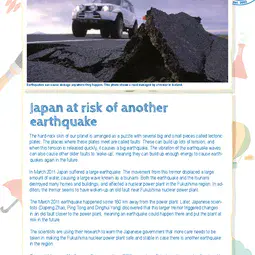
This is a kids' version of the EGU article: 'Japan at risk of another earthquake'. It was written by Jane Robb and reviewed for scientific content by Lucy Clarke and Cindy Mora Stock and for educational content by Chris King and Marina Drndarski.
Translations
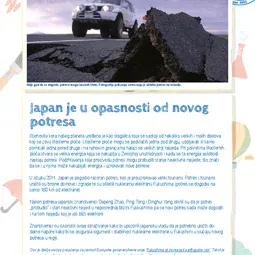
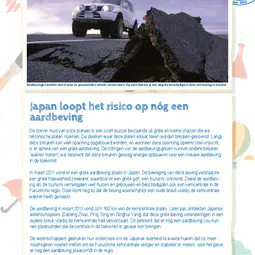
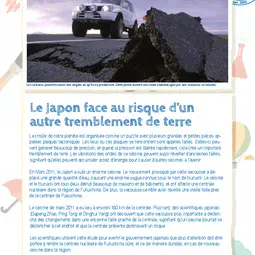
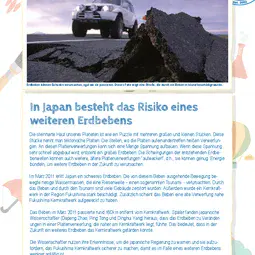
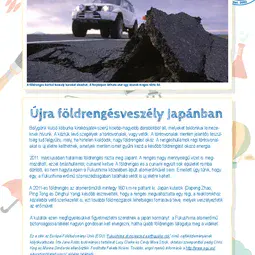
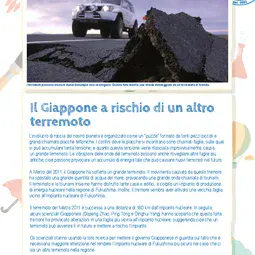

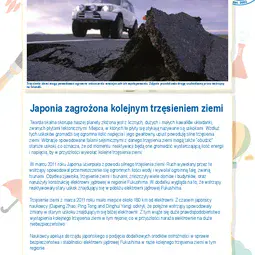
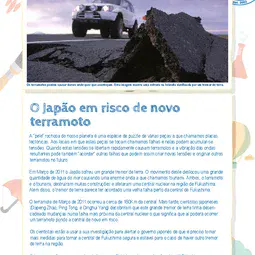
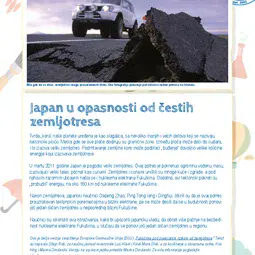
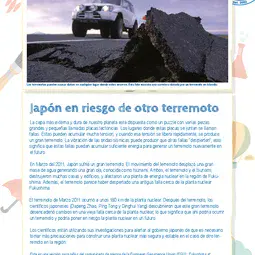
All English-language Planet Press releases are carefully edited, reviewed and proofed, by scientists, educators and EGU staff. Please note that once translated, Planet Press releases receive no further checks from EGU staff. For this reason, we cannot guarantee their accuracy, though we trust the quality of our voluntary translators and are grateful for their work.

